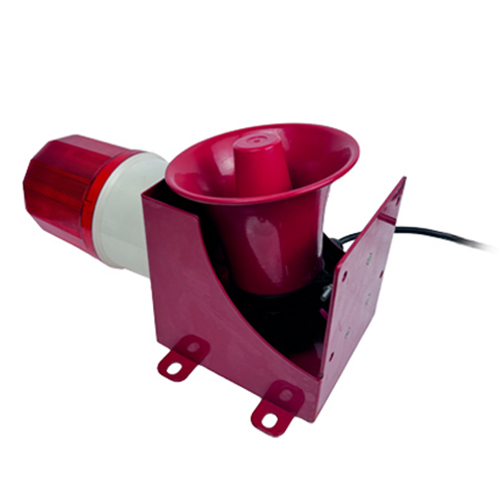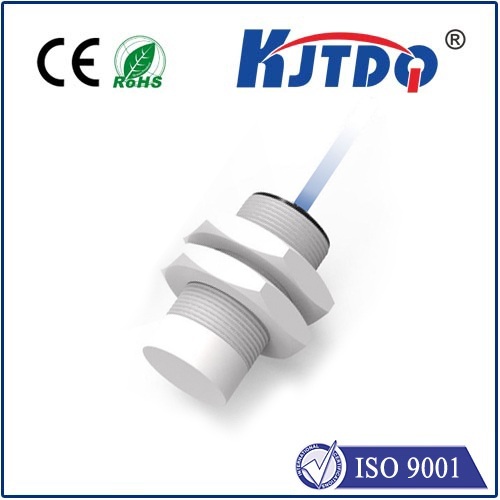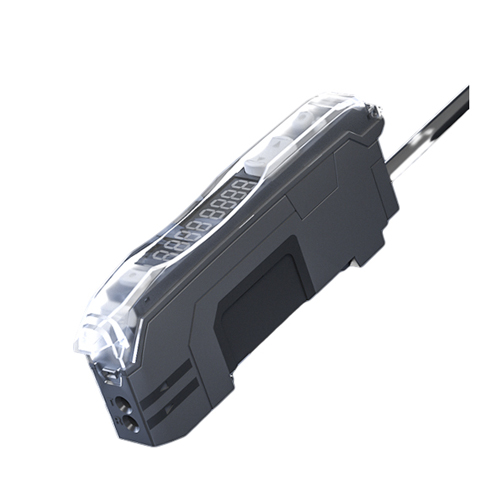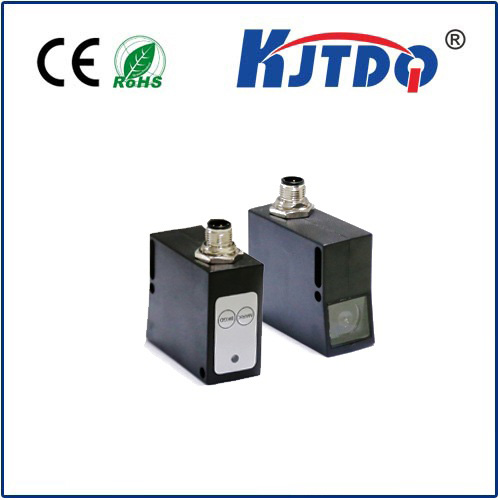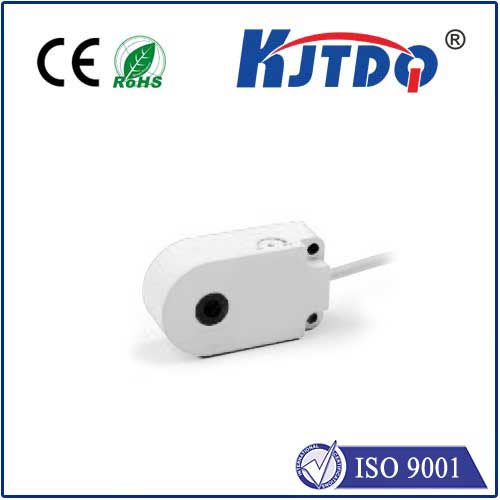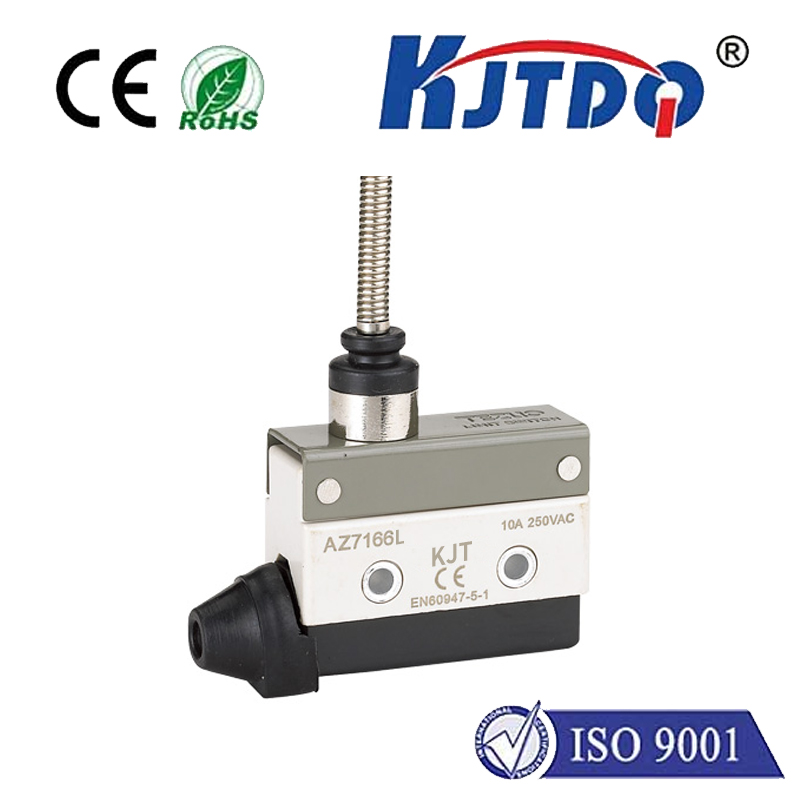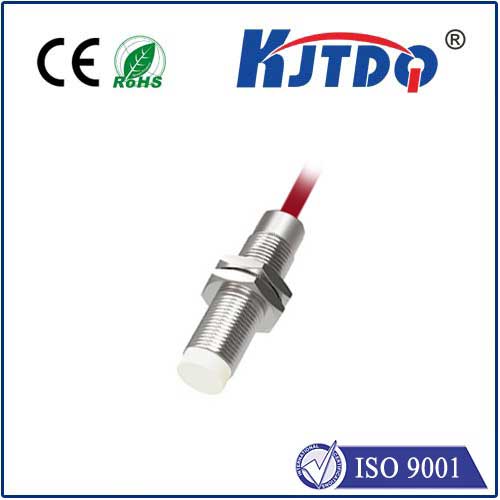E3Z-LL83 2M background suppression sensor
- time:2025-09-26 04:51:04
- Click:0
Evoque Precision Detection: Mastering the Omron E3Z-LL83 2M Background Suppression Sensor
Imagine a critical assembly line: robotic arms poised, conveyor belts humming, but a persistent challenge lurks. Precise detection of components on varying backgrounds – a glossy black part on a dark conveyor, a transparent bottle against reflective machinery – remains elusive. Standard sensors falter, causing costly errors or downtime. Enter the Omron EZ3-LL83 2M Background Suppression Sensor – a technological sentinel engineered to conquer these very challenges with remarkable precision and reliability.
Demystifying Background Suppression
Unlike basic diffuse reflective sensors that measure the total amount of light returned from both the target and its background, background suppression (BGS) sensors employ a sophisticated triangulation principle. The E3Z-LL83 emits a focused beam of light. This beam strikes the target object and reflects back. Crucially, the sensor houses two distinct light-receiving elements positioned at carefully calculated angles. By comparing the intensity of the light hitting these two receivers, the sensor’s intelligent circuitry can accurately determine the distance to the object reflecting the beam.

This distance discrimination is the core of its power. The sensor is meticulously configured with a specific sensing distance (in this case, up to 2 meters – denoted by the “2M” in its model name). Objects appearing within this set distance trigger the sensor’s output, signaling detection. Anything residing beyond this configured point – the “background” – is effectively ignored, regardless of its color, reflectivity, or material. This targeted distance-based detection makes the E3Z-LL83 remarkably immune to deceptive background variations.
Why the E3Z-LL83 2M Excels
Integrating the Omron E3Z-LL83 into demanding industrial environments delivers significant, tangible benefits:
- Unwavering Reliability on Complex Backgrounds: Say goodbye to false triggers caused by conveyor belts (black, metallic, patterned), pallets, machine frames, or other objects behind your target. The E3Z-LL83’s BGS technology provides robust detection stability regardless of what lies beyond the set sensing point.
- Precision Object Positioning: Distance-based detection allows for consistent triggering at the exact point required, defining object presence or position far more accurately than sensors simply reacting to reflectivity changes. This is vital for positioning tasks, gate control, or verifying component placement.
- Handling Challenging Targets: Detect low-reflective objects (black rubber, matte finishes), dark objects on dark backgrounds, or even transparent/translucent materials (bottles, films, glass) with significantly greater confidence than diffuse reflective sensors. Its sensitivity and intelligent processing cut through difficult detection scenarios.
- Extended Range Capability: The 2-meter sensing range (E3Z-LL82 offers 300mm, E3Z-LL84 offers 1m - the “2M” clearly specifies this variant) provides crucial flexibility. This range caters to applications where larger gaps exist or where detecting objects further away is necessary, bridging gaps impractical for shorter-range sensors.
- Simplified Setup & Stability: Featuring a clear beam indicator and straightforward teach-in methods (often just pressing a button while the target is at the desired detection point), setup is intuitive. Once configured, it offers excellent long-term stability without needing constant readjustment.
- Cost-Effective Solution: While more advanced than basic diffuse sensors, the E3Z-LL83 delivers high-end background suppression performance at a competitive price point, offering exceptional value for the precision and reliability it brings. It solves complex problems without breaking the bank.
Where the E3Z-LL83 Shines: Real-World Applications
This sensor finds its niche wherever backgrounds interfere or precision positioning is key:
- Packaging & Material Handling: Detecting packages on complex conveyor belts (metal, roller, chain-link), verifying box flaps are closed regardless of box color/belt contrast, counting bottles/cans on pallets.
- Automotive Manufacturing: Precise positioning of components on assemblies, detecting dark tires or rubber parts on dark surfaces, confirming placement of interior trim pieces.
- Electronics Assembly: Verifying PCB presence in trays or carriers, detecting components (even dark ones) on boards, ensuring correct insertion depths.
- Logistics & Warehousing: Pallet presence detection in racks (ignoring the rack structure behind), verifying stack height, detecting totes on conveyors with varying backgrounds.
- Food & Beverage Processing: Reliable detection of bottles (clear, colored), cans, jars on high-speed lines, checking fill levels in clear containers (using absence detection), detecting products on stainless steel conveyors.
Optimizing Your E3Z-LL83 Setup
To maximize performance:
- Define Your Detection Point: Clearly establish the exact distance where detection must occur. Use the sensor’s teach function at that point.
- Mind the Beam Angle: The emitted beam has a specific spread. Ensure the target is large enough to reliably interrupt the beam at your sensing distance.
- Mounting Robustness: Use sturdy mounts. Vibration can impact performance, especially near the maximum range. Aim for stability.
- Environmental Awareness: While resistant to ambient light due to modulated light, extreme conditions (heavy dust, steam, fog) can scatter the beam. Ensure the operating environment aligns with its specifications (IP67 rating offers good dust/water resistance).
The E3Z-LL83 2M Background Suppression Sensor stands as a testament to Omron’s expertise in solving intricate industrial sensing challenges. By leveraging precise distance measurement to cut through background interference and handle difficult targets, it delivers unmatched reliability and precision within its 2-meter range. When your application demands consistent detection irrespective of complex backgrounds or requires accurate positioning at greater distances, this sensor isn’t just an option; it is often the definitive solution, transforming detection tasks from problematic puzzles into dependable, high-performing processes.






